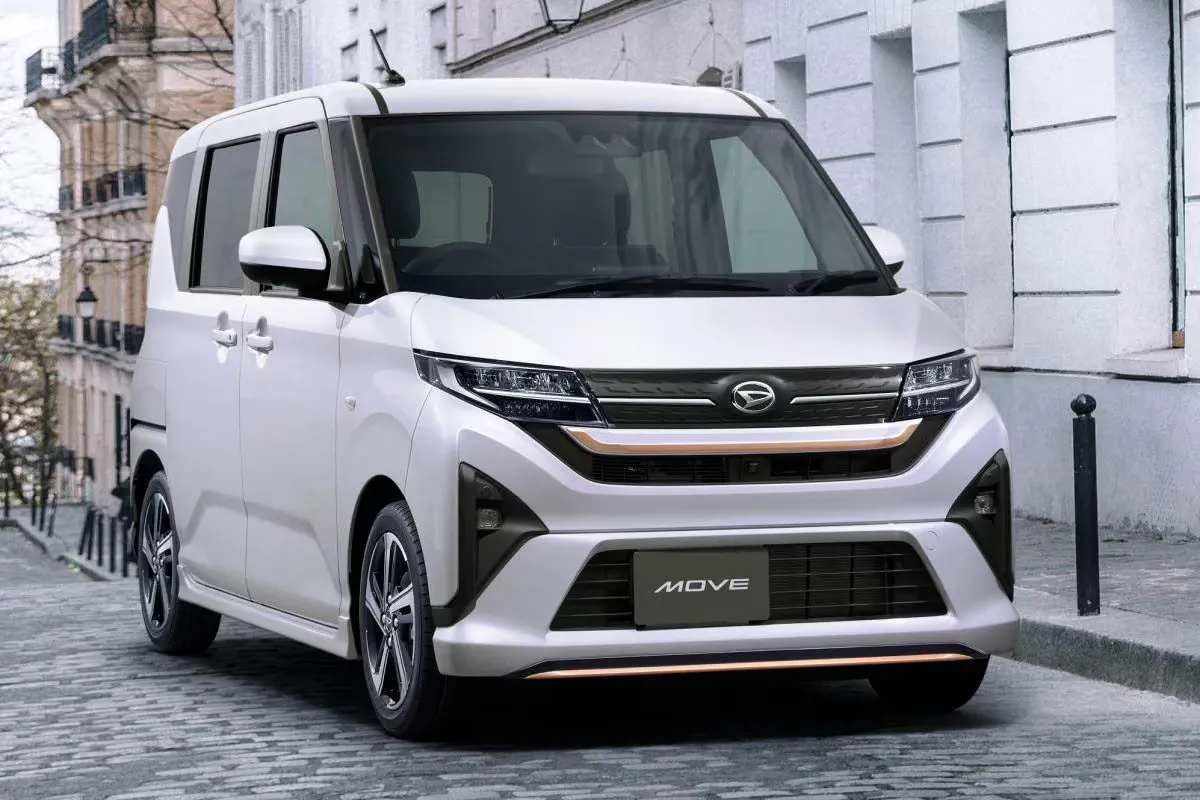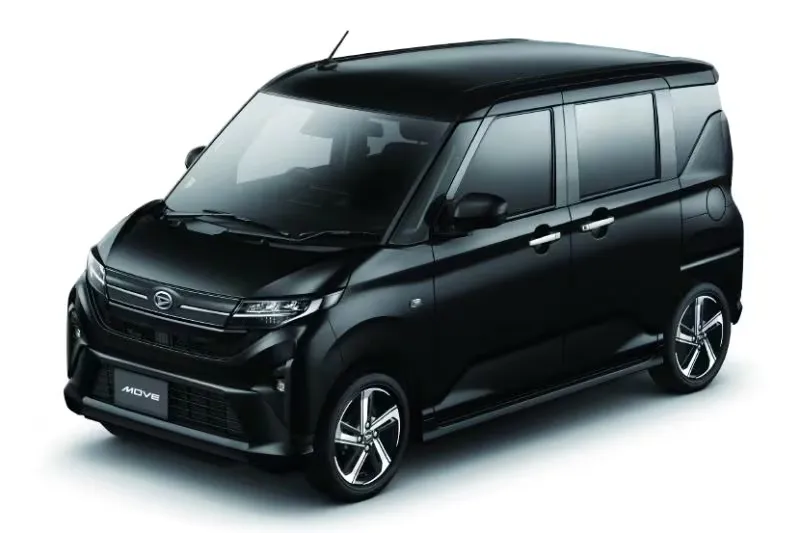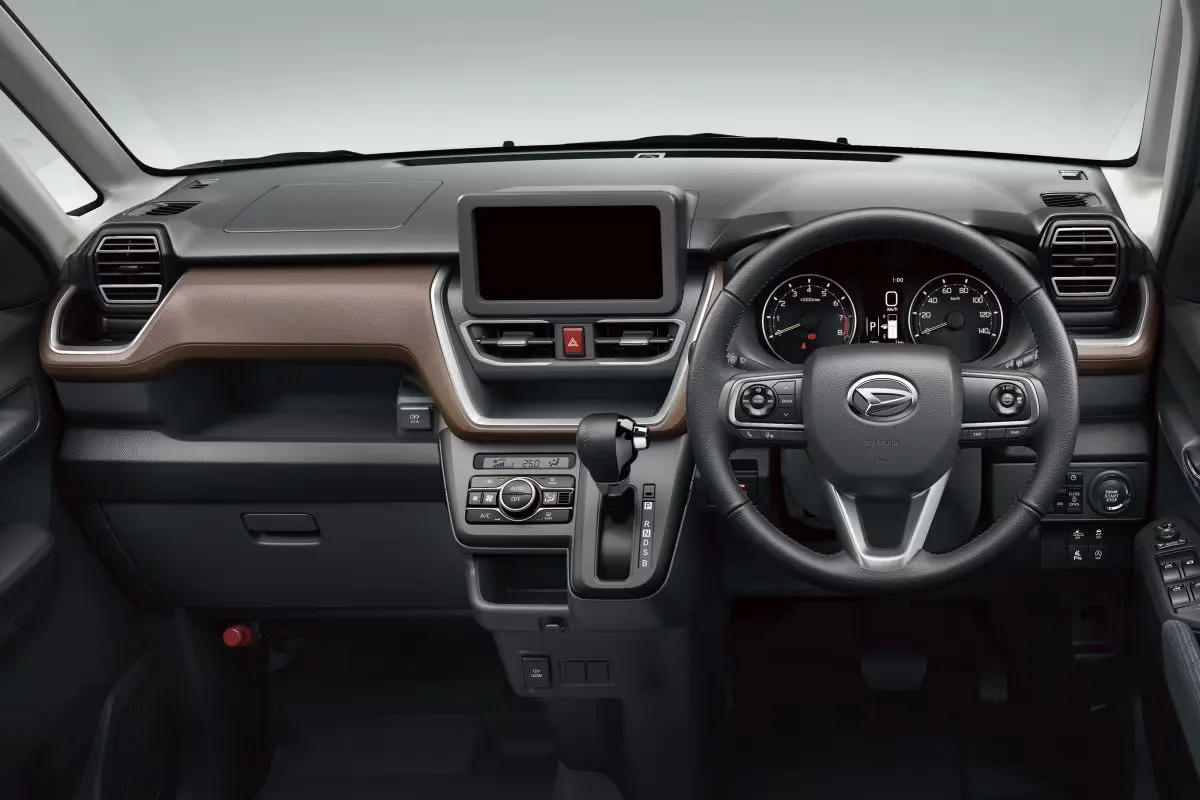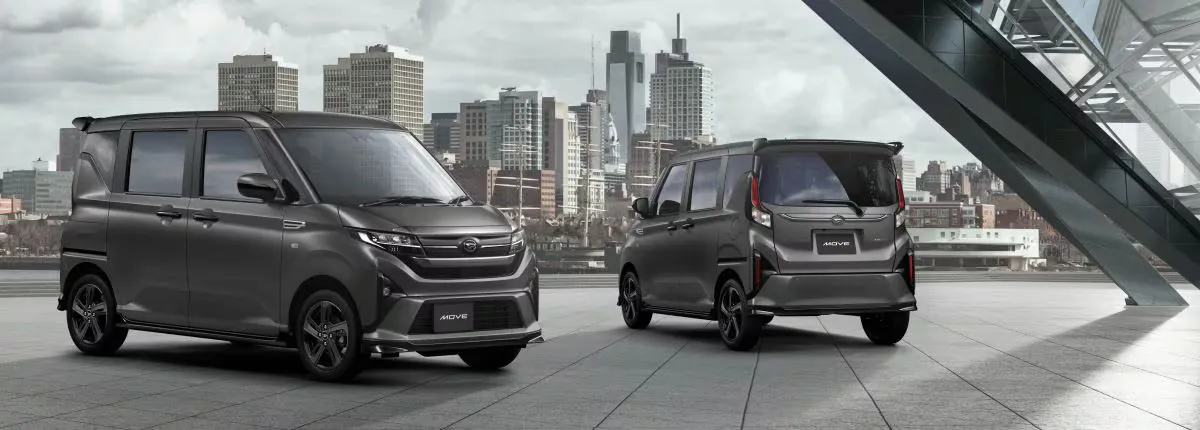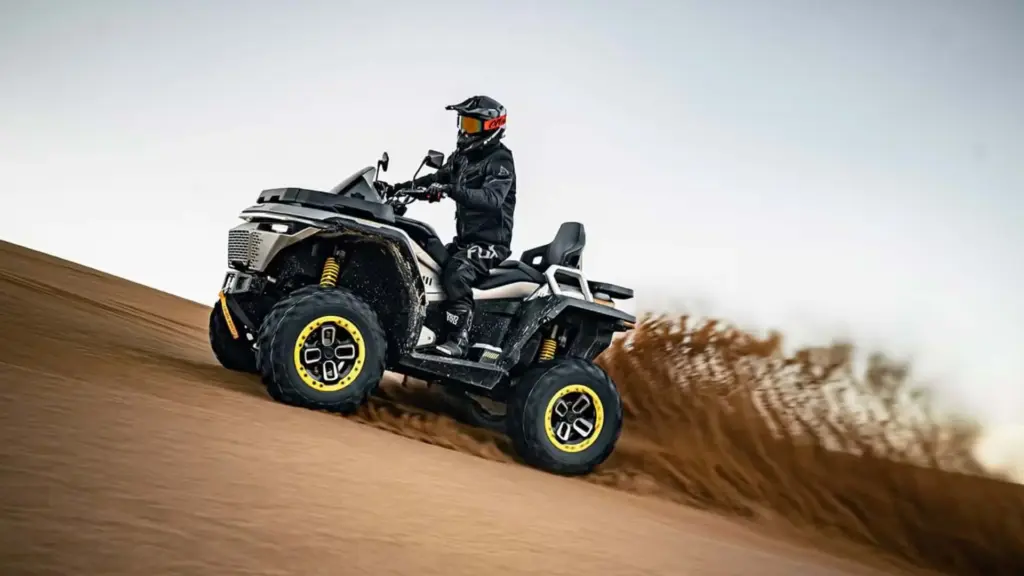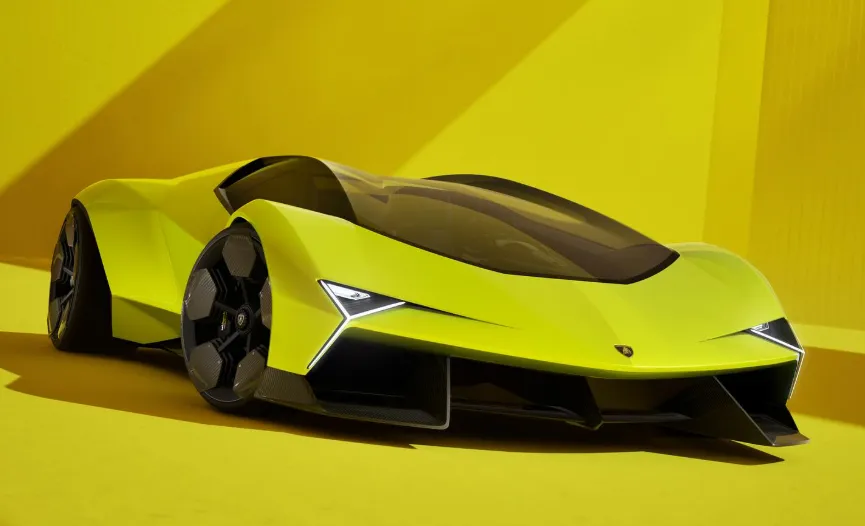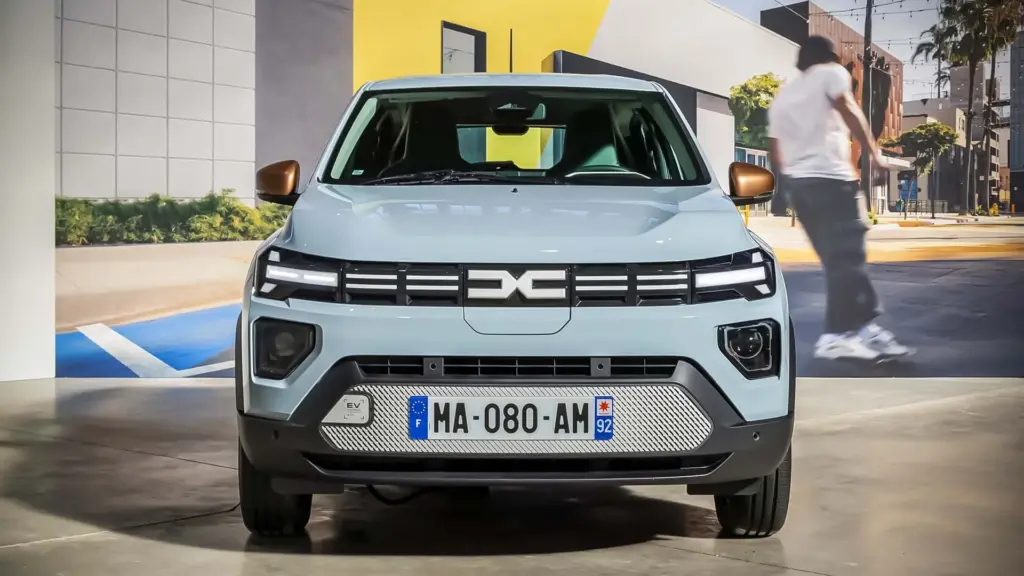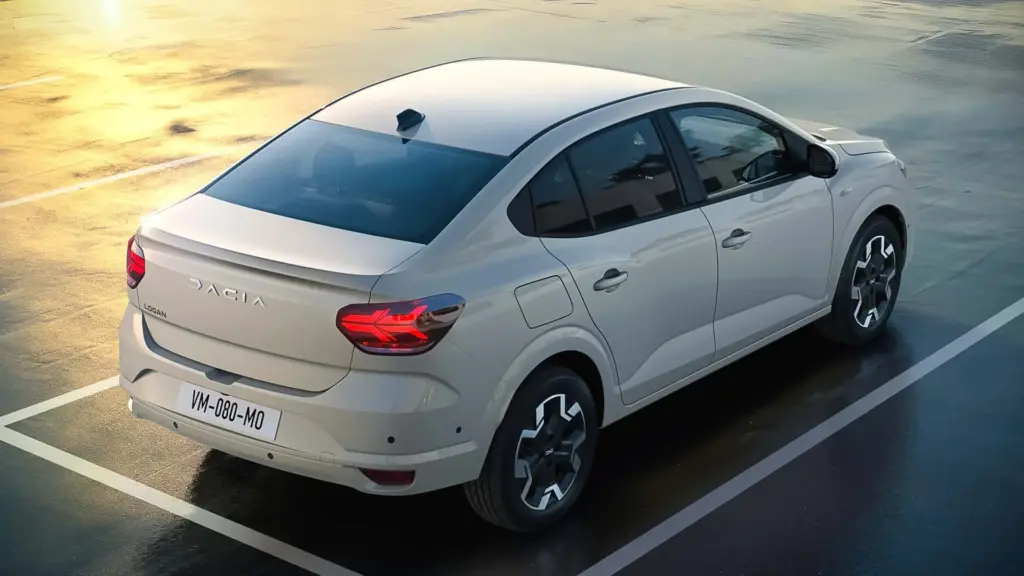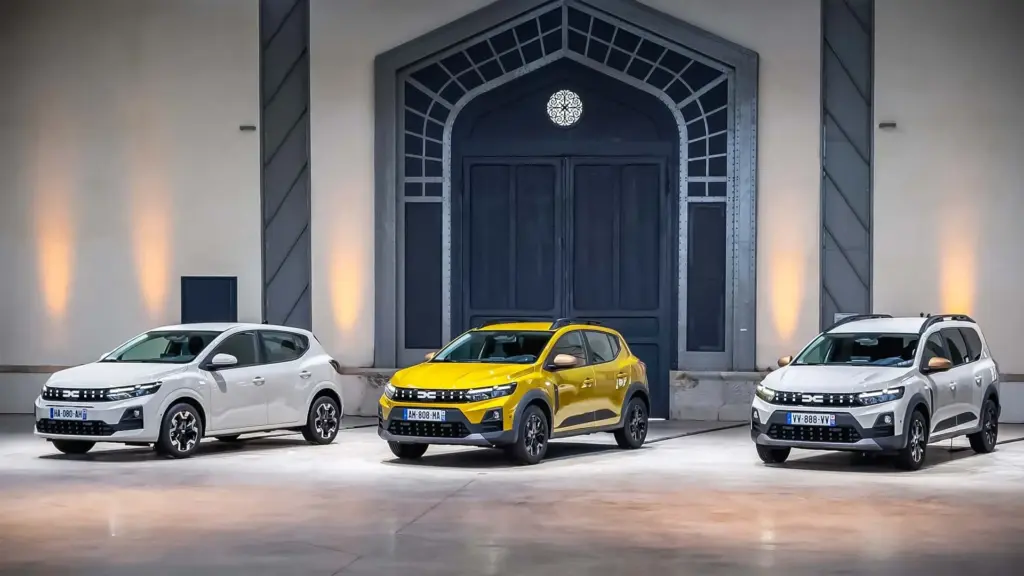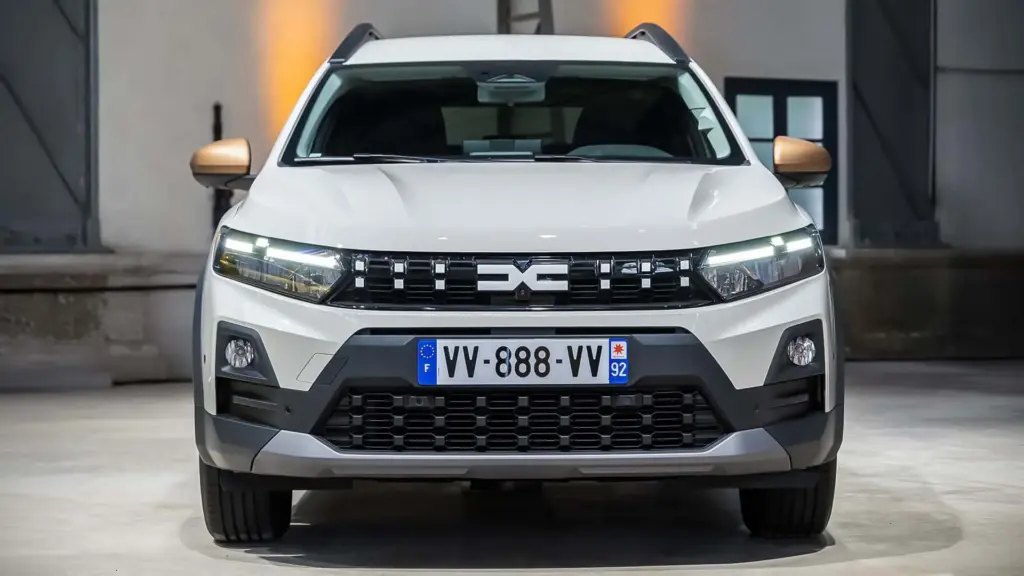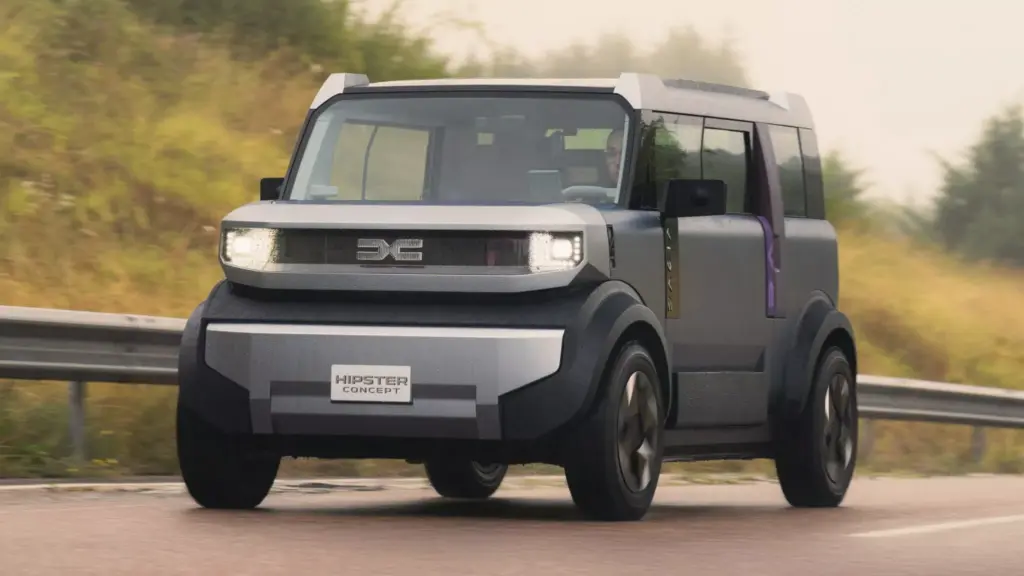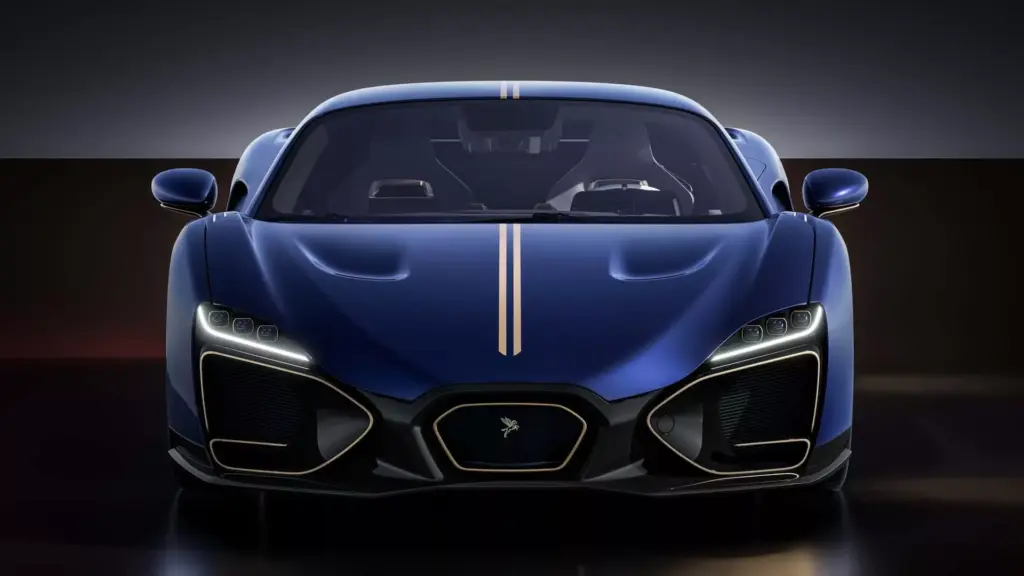Get ready to meet a master of space optimization and practicality. The Daihatsu Move, an icon among Japanese Kei cars, is back in its seventh generation, promising to revolutionize urban mobility with surprising innovations and the intelligence that has always defined it.
What Makes the Daihatsu Move Such a Special Kei Car?
Kei cars are a unique category of vehicles in Japan, defined by strict limits on size and engine capacity. Think of them as smart boxes on wheels, designed to maximize interior space and efficiency on narrow streets and tight parking spots. The Daihatsu Move has always been one of the best examples of this philosophy, balancing minimal dimensions with surprising functionality.
Historically, the Move even made appearances outside Japan, including European countries, where it showed its adaptability. Its first generation arrived in 1997, equipped with a modest engine, but ideal for urban use. Although imports were discontinued in some markets due to sales factors, its career never stopped in its home country, where it has constantly evolved.
What Are the Big Innovations in the 7th Generation Move?
The seventh generation of the Daihatsu Move arrives with a radical change in a fundamental aspect: its rear doors. For the first time in the model’s history, the traditional rear doors have been replaced by sliding doors, a feature generally found in minivans or larger vehicles. This innovation is a game-changer for practicality, allowing easier access in tight spots where conventional doors would be problematic. In some versions, this feature is even electric, raising the convenience level even higher.
Another notable innovation is the approach to front-end design. While previous generations offered a “Custom” version with a more aggressive look, this new Move embraces a single visual identity. It sports a naturally somewhat “grumpy” appearance, which gives it character and aligns with its robust and functional purpose. Unlike larger vehicles focused on aggressive styling, such as the Kia Picanto GT-Line 2025, the Move prioritizes form following the function of a Kei car.
How Are the Mechanics and Performance of the New Move?
As a genuine Kei car, the new Move adheres to the limits imposed by Japanese legislation. This means a maximum length of 11.15 feet (3.4 meters), width of 4.85 feet (1.48 meters), and an engine up to 660 cc, with power capped at 64 hp. The new model fits perfectly within these parameters, measuring almost exactly 11.15 feet in length and 4.85 feet in width, with a height of 5.44 feet (1.66 meters).
Under the hood, there are options for 658 cc three-cylinder engines. The naturally aspirated version delivers 52 hp and 44 lb-ft (60 Nm) of torque, while the turbocharged variant reaches the regulated limit of 64 hp and 74 lb-ft (100 Nm). Both engines are paired with a continuously variable transmission (CVT), focused on efficiency and smoothness for city driving. For those who need extra traction, an all-wheel-drive version is also available. This pursuit of efficiency and adaptability is seen in other compact urban vehicles like the Toyota Aygo X Hybrid 2026, which also emphasizes city use.
Key Specifications:
- Length: ~11.15 feet (3.4 meters)
- Width: ~4.85 feet (1.48 meters)
- Height: 5.44 feet (1.66 meters)
- Weight: 1,410 to 2,072 lbs (640 to 940 kg)
- Engine: 658 cc, 3 cylinders (naturally aspirated or turbocharged)
- Power: 52 hp (naturally aspirated), 64 hp (turbo)
- Torque: 44 lb-ft (60 Nm) (naturally aspirated), 74 lb-ft (100 Nm) (turbo)
- Transmission: CVT
- Options: Front-wheel drive or all-wheel drive
Why Does the Daihatsu Move Win Over Those Seeking Practicality?
The magic of Kei cars, and the Move in particular, lies in their ability to “pack” a lot of utility into a small package. Despite its compact exterior dimensions, the interior is surprisingly versatile. The sliding rear doors are a big differentiator, making entry and exit easier in confined spaces and loading large items or children in car seats simpler. The rear seat, which can slide and fold completely flat like in previous generations, continues the tradition of offering modular and practical cargo space. It’s an intelligent design concept focused on urban functionality, similar to innovations seen in vehicles like the Fiat Tris, which rethinks city mobility.
Compared to global compact cars, the Move is even smaller and narrower, making it unbeatable in maneuvers and parking in dense areas. Its height, while potentially making it a bit sensitive to crosswinds (a point modern engineering seeks to mitigate), contributes to a sense of internal space and a higher driving position that improves visibility in traffic. The vehicle’s light weight, even in the heaviest versions, aids agility and fuel efficiency.
Dimension Comparison (Examples):
- Daihatsu Move: ~11.15 ft L x ~4.85 ft W x 5.44 ft H
- Citroën Ami (Example of a microcar): 7.9 ft L x 4.56 ft W x 5 ft H
- Fiat 500 (Example of a small urban car): 11.7 ft L x 5.35 ft W x 4.9 ft H
- Volkswagen Up! (Example of a small urban car): 11.8 ft L x 5.38 ft W x 4.92 ft H
It’s noticeable that, despite being a “full” car, the Move is closer in width to microcars, while its height is comparable or greater than conventional urban cars, optimizing vertical space. According to publications specializing in Japanese cars, this optimization is the key to the success of Kei cars in the local market.
Frequently Asked Questions About the Daihatsu Move:
- Is the Daihatsu Move sold outside Japan? Currently, the seventh generation is focused on the Japanese market. Previous generations have been exported to some countries.
- What is the main innovation of this new generation? The introduction of sliding rear doors, some with electric operation.
- Are the engines powerful enough? For urban use and respecting the Kei car category limits, the 52 hp and 64 hp engines are adequate, focusing on efficiency and agility at low speeds.
- Does it have automatic transmission options? Yes, all models come equipped with CVT transmission.
- Is it a safe car? Although the source text doesn’t detail this, modern Kei cars in Japan typically have active and passive safety systems to comply with local regulations.
In my analysis, the new Daihatsu Move is a brilliant example of how engineering can create incredibly practical solutions within rigid limitations. The addition of sliding doors is a masterstroke in terms of urban usability, making what was already a smart car even more functional. It doesn’t aim to be a performance or luxury car but an efficient and versatile daily city companion. It proves that size isn’t everything when it comes to design intelligence and space optimization.
What do you think of the new Daihatsu Move and its sliding doors? Leave your comment below and share your opinion!
Author: Fabio Isidoro
Founder and editor-in-chief of Canal Carro, he dedicates himself to exploring the automotive universe with depth and passion. A car and technology enthusiast, he produces technical content and in-depth analyses of national and international vehicles, combining quality information with a critical eye for the public.

